How dogs read our minds, spot when we're lying, and fall in love with their owners
Capable of feeling jealousy and grief, as well as the love and adoration we’ve basked in for centuries, the dog is a creature like no other for John Lewis-Stempel.
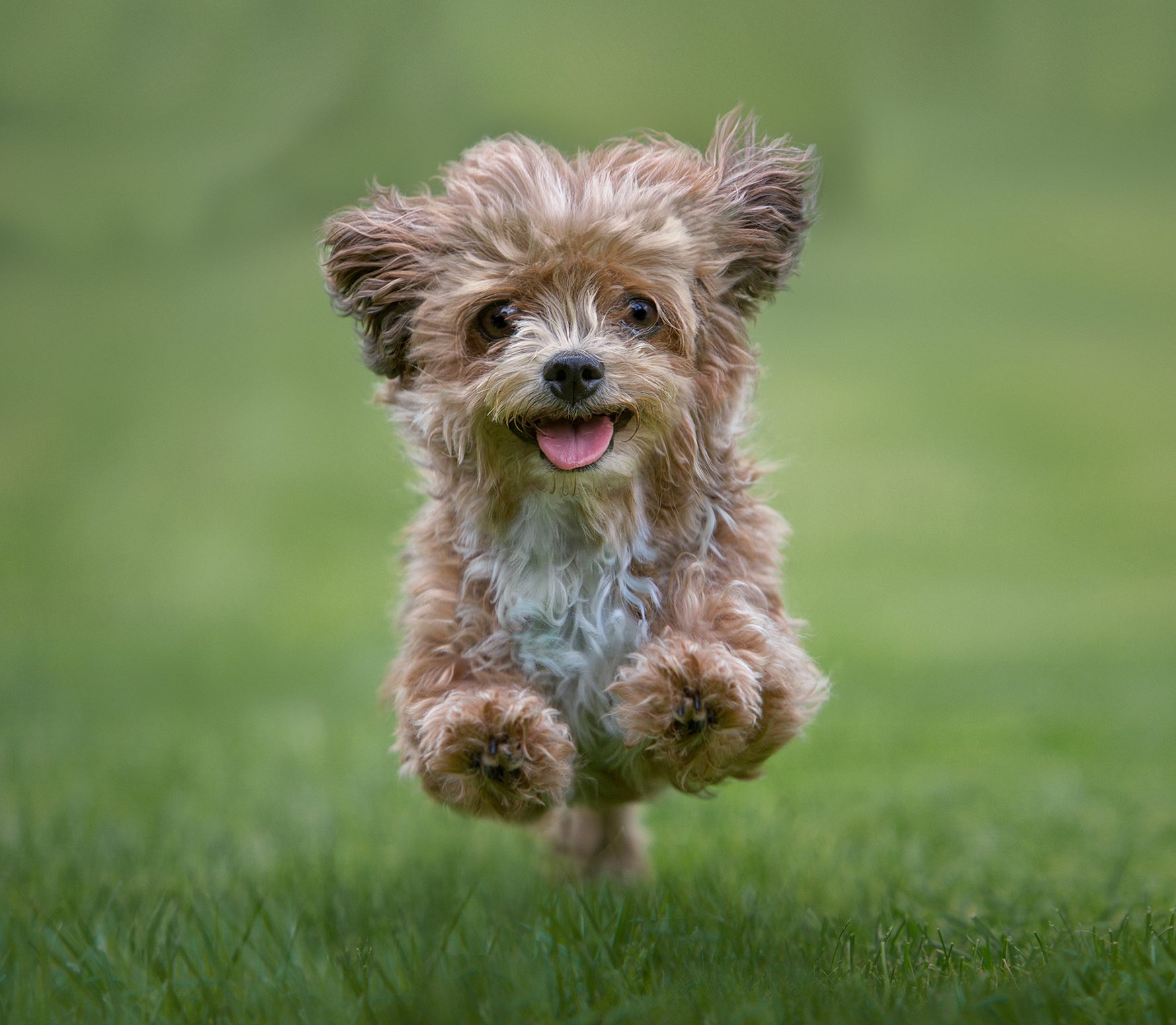

Man’s best friend is also Man’s oldest friend. According to some archaeologists, the grey wolf — Fido and Fluffy’s ancestor — was tamed as long ago as 30,000bc. Other experts maintain this timescale is barking up the wrong tree and the wolf was brought in from the wilderness cold about 12,000 years ago. Either way, the dog was the first domesticated creature and its woof announced the Anthropocene, the era when humans have manipulated Nature, rather than Nature manipulating them. When we, and indeed Rover, departed noble savagery.
The contretemps over when dogs were domesticated is an indictment of how little we truly understand our canine companions, of which there are a billion or so worldwide and 10 million in the UK. It is only in the past decade that the innermost workings of the canine brain have been truly revealed and, even then, in mere bite-sized pieces.
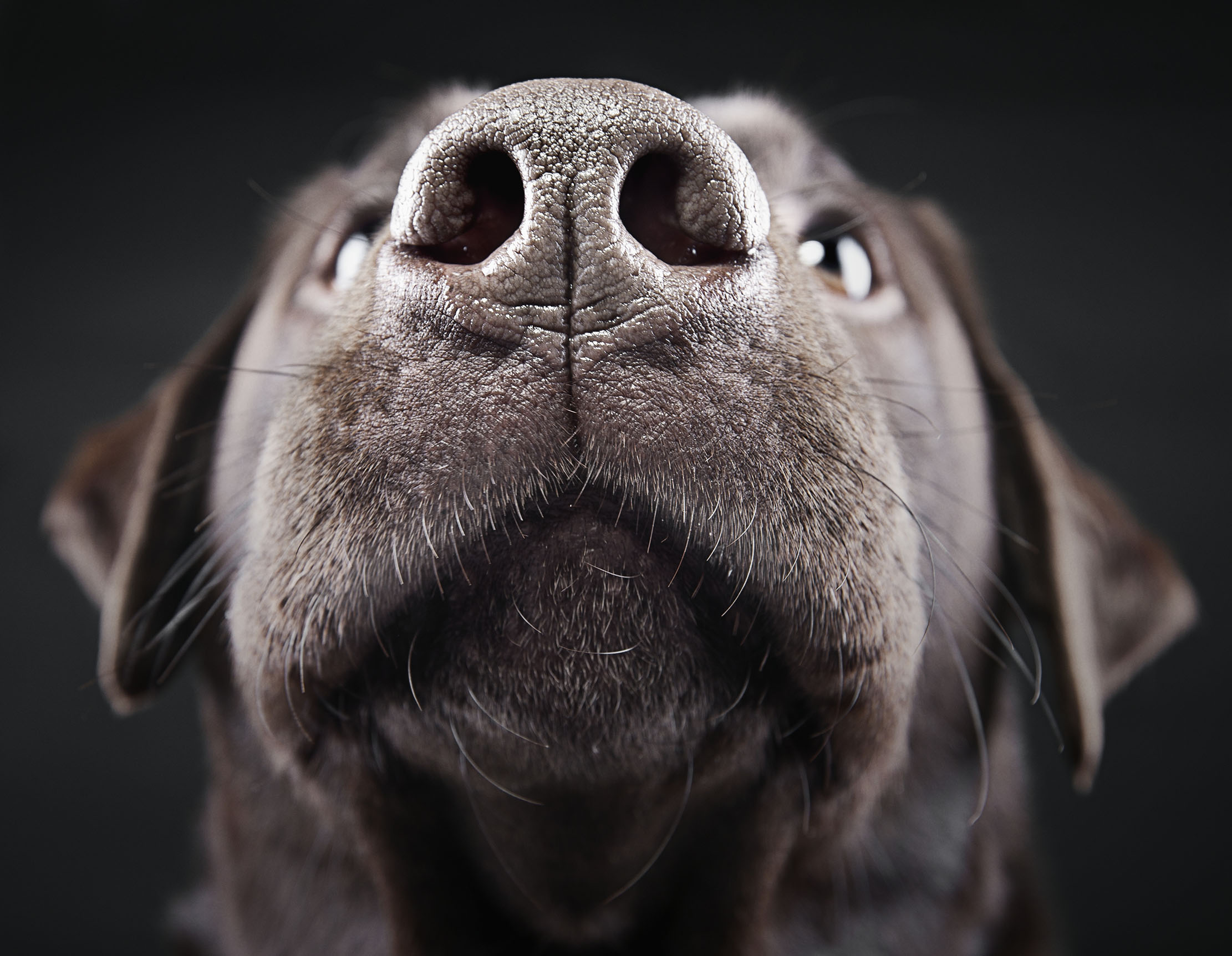
Canis lupus familiaris and the wolf share 99.9% of their mitochondrial DNA — which is why the family pet retains the wolverine capacity to sniff out substances at one part per trillion and will wolf down anything. However, this small scrap of genetic difference makes Lassie a creature you want sitting in front of the fire and the terrible-toothed tormentor in Little Red Riding Hood the creature you hide from behind a tree. Dogs, on chromosome six, have three genes that code for hyper-sociability — humans have something similar. Wolves lack this genetic quirk.
Dogs’ affinity for human interaction is thus coded in their DNA and chemicals in the brain help to reinforce the human-canine bond. When you gaze into your dog’s eyes and Rex gazes back, both brains — the dog’s and the owner’s — flood with the hormone oxytocin, which produces a positive emotion. Love, actually. This love, as well as being categorical, is directed.

When dogs, in an MRI experiment run at Emory University in the US, sniffed a rag soaked in their owner’s scent, activity spiked in their caudate nucleus — a reward centre in the brain involved in emotional attachment — yet it didn’t spike when a stranger’s scent was used instead. Small wonder, then, that Argus, Odysseus’s loyal hound, ‘wagged his tail’ when his master returned after a 20-year absence. Or that Prince, during the First World War, tracked his way independently from London to join his master in the trenches of the Western Front. (This extraordinary episode was later verified by the RSPCA.)
A dog’s devotion is… dogged. Oh, and do not heed the catty types who aver that labradors are only in it for the tasty treats. In laboratory testing, dogs were discovered to derive as much pleasure from social rewards, such as praise, as from snacks. Good dogs!

Canine emotions go beyond love. Traditionally, the emotion of jealousy was thought to occur only in primates. Recent scientific studies have provided evidence that dogs feel it, too. Ditto grief — although this is surely no surprise to anyone who has visited the memorial in Edinburgh to Greyfriars Bobby, the Skye terrier that, the story goes, spent 14 years watching over the grave of its master.
Exquisite houses, the beauty of Nature, and how to get the most from your life, straight to your inbox.
Empathy is another complex emotion that dogs are capable of experiencing. Psychologists have claimed that contagious yawning is linked to empathy in humans — those who yawn back are thought to be empathising with the initial yawner’s feelings of boredom, fatigue or stress. Tested dogs yawned after their owners did, but were immune to the yawns of strangers.
The key to comprehending canines is co-evolution. As humans and wolves began to work and live together, wolves that socialised well with humans passed on their desirable and desired genes. However, the two species also ‘rewired’ each other, which goes some way to explaining why neurotic Shadows may be helped by antidepressant drugs. This ‘rewiring’ has particularly affected the pooch IQ.
Pooch is derived from puppy, itself derived from the French word poupée, for doll. Your bow-wow will appreciate this lexicographical snippet, as dogs understand your words and not only, as commonly supposed, the tone of your voice. Indeed, one border collie named Chaser has learned the names of 1,022 different toys and, when commanded to pick up a specific toy, she retrieves the correct one about 95% of the time.
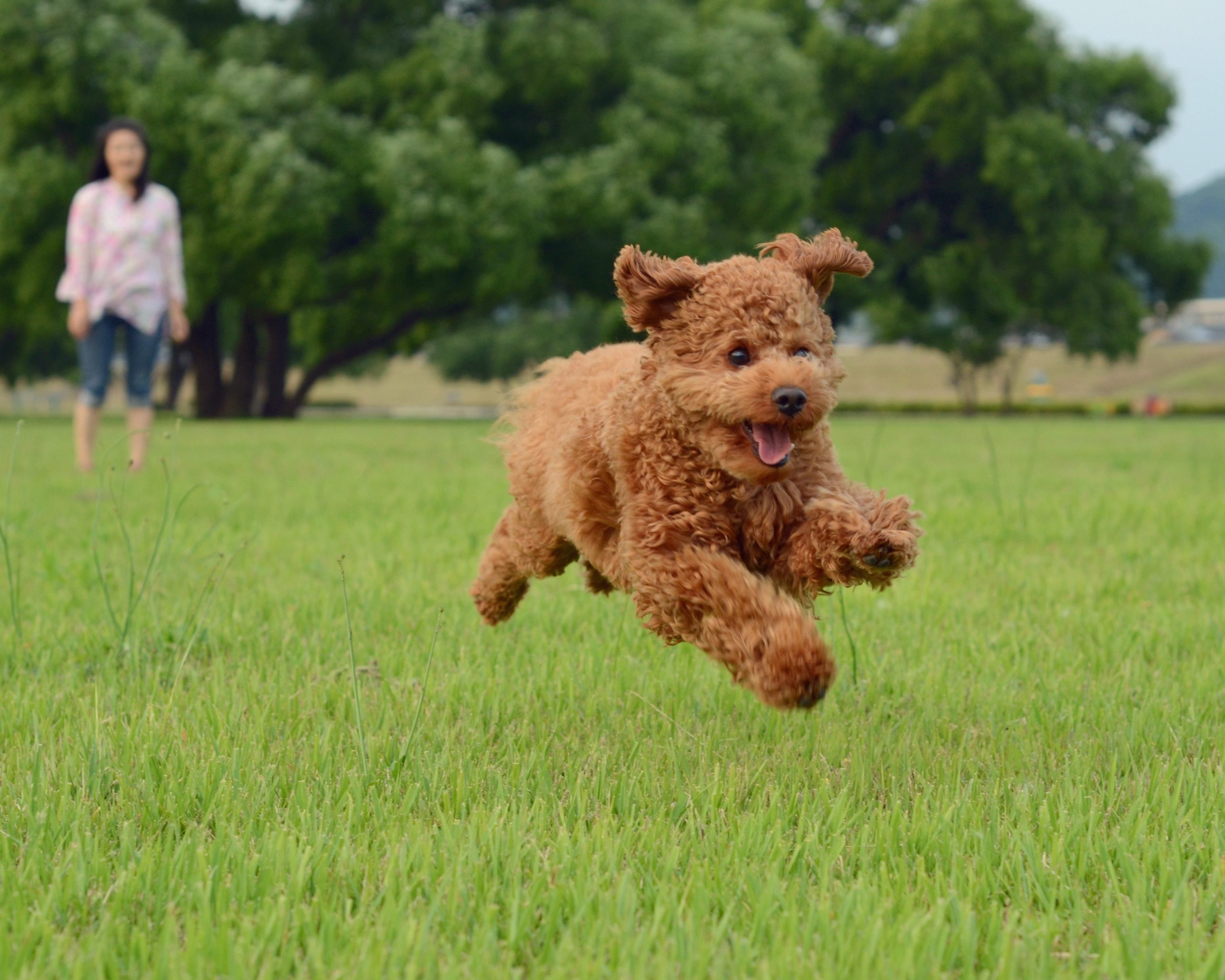
More recently, Chaser has been taught to recognise verbs: she knows the difference between picking something up and putting her paw on it. More laboratory scans of the canine brain, this time at Hungary’s Loránd University, indicate that when dogs hear human voices — as opposed to other noise — a specific area of the brain lights up, as per humans.
Dogs are equally adept at reading wordless humans, often better than chimps. A hound directed by a pointing hand towards a treat will investigate 85% of the time; Tarzan’s sidekick Cheeta might manage it... sometimes. No other species can decipher human gestures as well as dogs.
Impressively, dogs can ‘read’ human emotions as they manifest on the human visage, even in photographs; when dogs regard snaps of human faces, they have aversive responses to the angry-looking mouths and eyes, but not to the happy ones. (It turns out that humans are less adept at interpreting dog expressions: that guilty look the hound assumes after being caught red-pawed raiding the kitchen bin? Sadness at the admonition, not shame for the criminal behaviour.) By the way, do not tell your dog porky pies. According to a team from Kyoto University, Fifi can tell if you are lying to her. Make no bones about it, untrustworthy owners get unruly dogs.
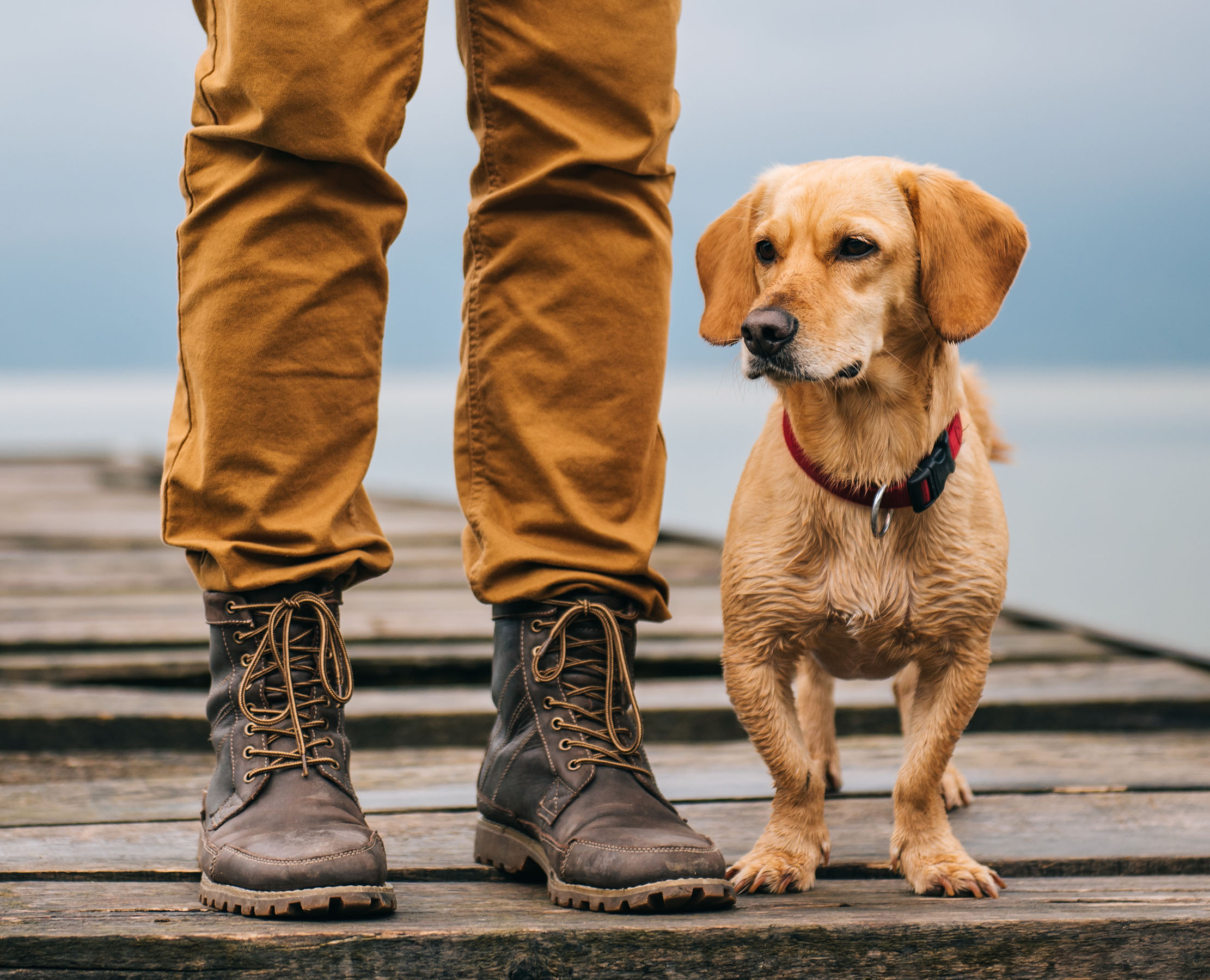
The average dog’s IQ, the experts have determined, is roughly as sophisticated as that of a 2½-year-old baby’s. Some breeds are smarter than others, with border collies top of the scale and Afghans at the bottom. Then again, perhaps the Afghan hound’s dumbness is a sign of superior intelligence? I once spent a day looking after a lordly Afghan. Fed it. Poop-scooped it. Fetched the frisbee for it. Hunted under the sofa for its favourite toy. I worked like a dog. I was its dogsbody. Who, then, was the idiot and who the intellect?
Oh, and forget the eternal adage ‘you can’t teach an old dog new tricks’, because it is deceiving dogma. Canines are ‘open-ended learners’. Last year, an abandoned elderly golden labrador tipped up at our house in rural France. Within a week, she had majored in English commands and toilette etiquette. (It did not require Inspector Maigret and his pipe to figure she had been kept outside in a yard all her previous life.) She also learned her new name — Honey, because she is so sweet — and those of her new family, whether they walked on two legs or four.
Honey’s success as a mature student is one more reproof to that age-old question of which is smarter, the dog or the cat. Don’t take my word for it: scientists have now counted the neurons in the cerebral cortex of both species and deduced that canines are more ‘cognitively capable’. That weird noise? Dogs and their owners howling with triumphant laughter. Sorry, Tiddles.

How to choose the perfect dog to fit your lifestyle, family and home
Those who grew up with dogs probably already know which breed they want to own, and have done for years.
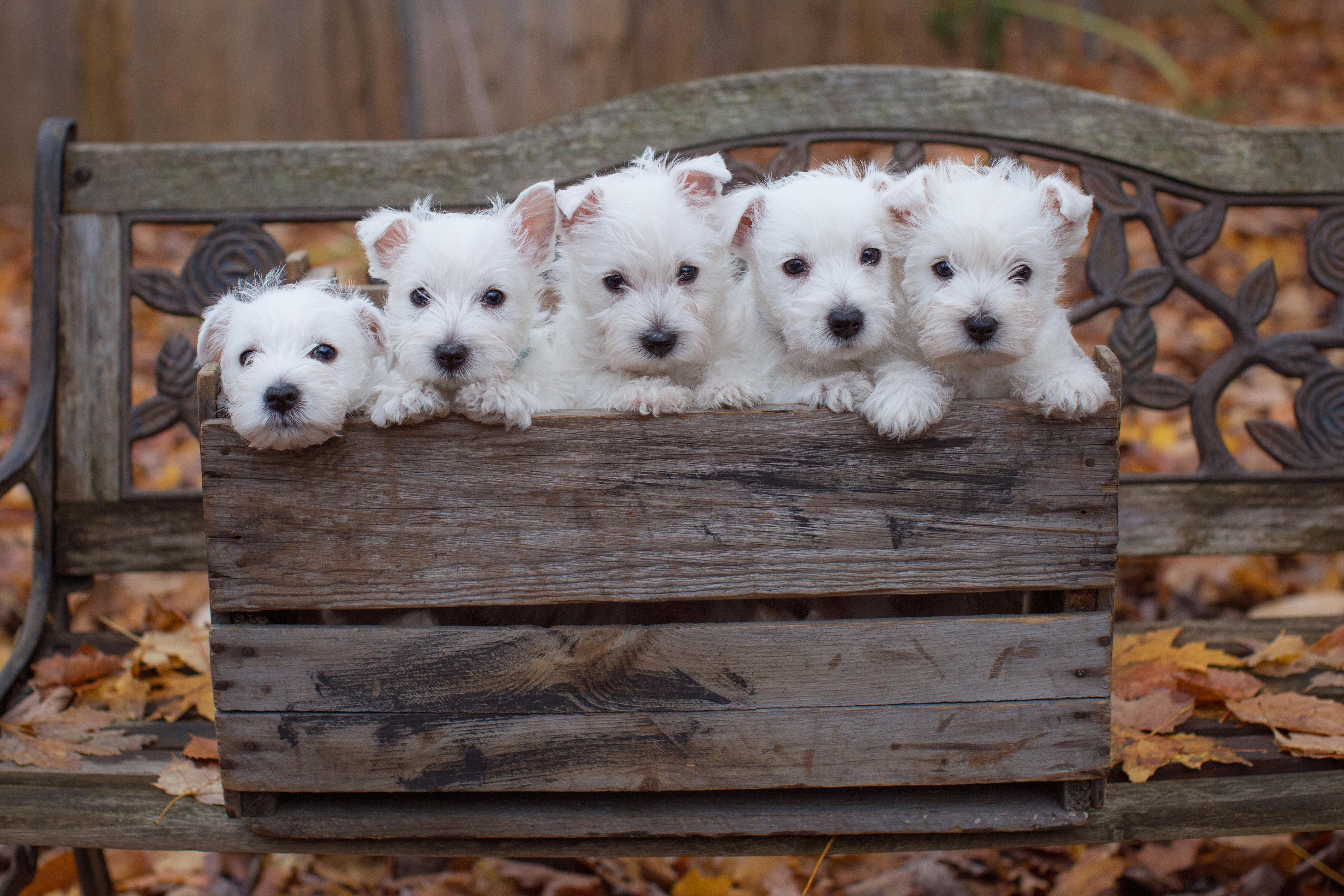
Crackdown on dog theft in the pipeline — and what you can do to protect your dog in the meantime
Lockdown brought with it a huge demand for people wanting dogs, to keep them company in long hours spent alone

Credit: Getty Images/500px
The top 20 cutest dog breeds in the world, ranked according to science
Ranking the cuteness of dogs? You might as well rank the beauty of flowers. Yet a study has claimed to

Credit: Christopher Howe
The £11,000 dog sofa, the £640 water bowl and other extraordinary things for pampered pets
Nothing is too good for our furry friends, as this pick of utterly marvellous — if slightly unhinged — shopping options demonstrates
-
 From the Country Life archive: The 19th century answer to Swingball
From the Country Life archive: The 19th century answer to SwingballEvery Monday, Melanie Bryan, delves into the hidden depths of Country Life's extraordinary archive to bring you a long-forgotten story, photograph or advert.
-
 Hope from the ashes: A new generation of ash trees is evolving to make them more resistant to dieback
Hope from the ashes: A new generation of ash trees is evolving to make them more resistant to diebackWhen ash dieback first arrived in Britain, in 2012, an emergency COBRA meeting was formed. The disease has since spread rampantly across the countryside, but there is still hope.
